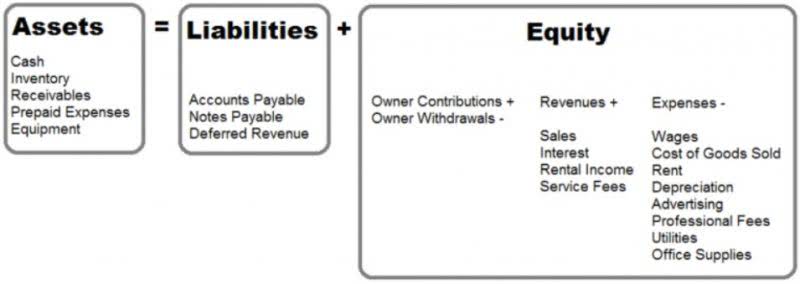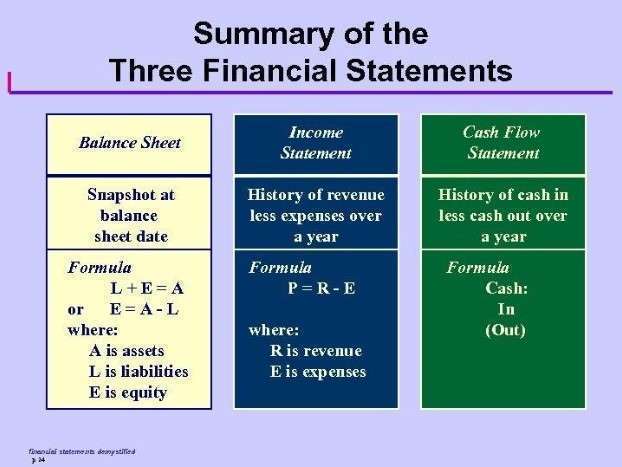
As a key performance indicator of the financial leverage of a company, the equity multiplier ratio holds immense importance in guiding investors with their decisions. This number helps understand the portion of a equity multiplier company’s ventures funded through debt and shareholders’ equity. Comparing the equity multiplier across different industries and companies can be a great way to gain insight into the financial health of a business.
Implications of Equity Multiplier in Risk Management
If the company has effectively used its assets and is showing a profit that is high enough to service its debt, then incurring debt can be a positive strategy. However, this strategy exposes the company to the risk of an unexpected drop in profits, which could then make it difficult for the company to repay its debt. This is not a problem while the interest rate environment is benign, but it’s a risky strategy when conditions change. As such, keeping an eye on the equity multiplier in the context of how a company generates earnings is a good idea.
Understanding the Relationship Between the Equity Multiplier and Leverage
The equity multiplier for Verizon was 4.41x (366.6 ÷ 83.2) fixed assets based on these values. The equity multiplier is found by dividing a company’s total assets by total shareholder equity. In the formula above, there is a direct relationship between ROE and the equity multiplier.
What is the Equity Multiplier and How Does it Impact Financial Performance?
To sum up, while both ratios provide insights into a company’s financial leverage, they do so from different perspectives and can therefore have different implications. Therefore, a higher equity multiplier might coincide with a higher debt ratio, but this is not a strict rule. However, while conservatism might lower the risk of financial distress, it might also limit the company’s growth potential.
- Total assets are the sum of all the company’s assets, including cash, accounts receivable, inventory, and fixed assets such as buildings and equipment.
- Well, it’s a leverage ratio that basically measures the part of the company’s assets financed by equity.
- For example, in the banking industry regulators often use the equity multiplier as a gauge of risk.
- This may seem to be positive, but its downside is the company will have low growth prospects and therefore low financial leverage.
- However, there is bound to be a certain debt component; when that happens, the equity multiplier ratio rises up.
- It is calculated by separating a company’s total asset value by its total shareholders’ equity.
Equity Multiplier Formula
As you can see there is a heavy focus on financial modeling, finance, Excel, business valuation, budgeting/forecasting, PowerPoint presentations, accounting and business strategy. So, if you weren’t too fond of math when you were in school, get ready for it because you’ll need it. Would you like to find out more about the equity multiplier and the way it works?

- One of the ratios under DuPont analysis is the Assets To Shareholder Equity ratio.
- The equity multiplier is calculated by dividing a company’s total assets by its total equity.
- Effective risk management strategies play a fundamental role in corporate sustainability.
- Its equity multiplier is 2 ($20 million/$10 million), which means that company DEF uses equity to finance 50% of its assets and the remaining half is financed by debt.
- Higher financial leverage, such as a higher equity multiple, drives ROE upward as long as all other factors remain equal.
In general, it is better to have a low equity multiplier because that means a company is not incurring https://www.bookstime.com/articles/notes-payable-vs-accounts-payable excessive debt to finance its assets. Instead, the company issues stock to finance the purchase of assets it needs to operate its business and improve its cash flows. The equity multiplier is also used to indicate the level of debt financing that a firm has used to acquire assets and maintain operations. The equity multiplier uncovers the amount of the total assets are financed by shareholders’ equity. Basically, this ratio is a risk indicator utilized by investors to decide how leveraged the company is.


This can be a good thing if the company is able to generate enough profits to cover its debt payments. However, it can also be a sign of financial distress if the company is unable to generate enough profits to cover its debt payments. A higher equity multiplier indicates a business with more of its assets financed by debt, suggesting greater financial risk. By contrast, a lower ratio suggests more of a company’s assets are paid for by shareholders, referring to potentially safer financial prospects.
Using the equity multiplier formula to assess your business debt, risk, and overall health
In this article, we’ll explore the benefits of using the equity multiplier in financial analysis. As with all liquidity and financial leverage ratios, the equity multiplier shows how risky a company is to creditors. Businesses that depend significantly on debt financing pay high service costs and thus need to generate more cash flows to cover their operations as well as obligations.
